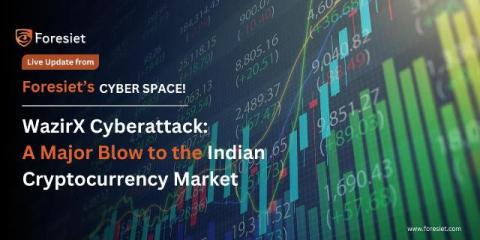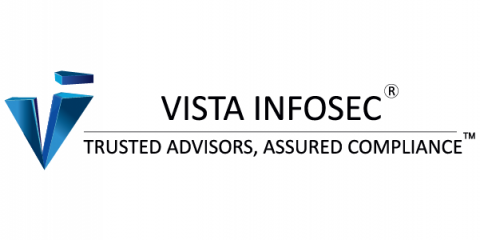WazirX Cyberattack: A Major Blow to the Indian Cryptocurrency Market
On Wednesday night, the Indian cryptocurrency platform WazirX experienced a significant cyberattack, resulting in the theft of at least $230 million worth of cryptocurrency. The breach was first detected by several blockchain security companies, including Elliptic, Arkham, and BlockSec. These firms observed large amounts of digital coins being siphoned out of WazirX before the platform acknowledged the security breach.











